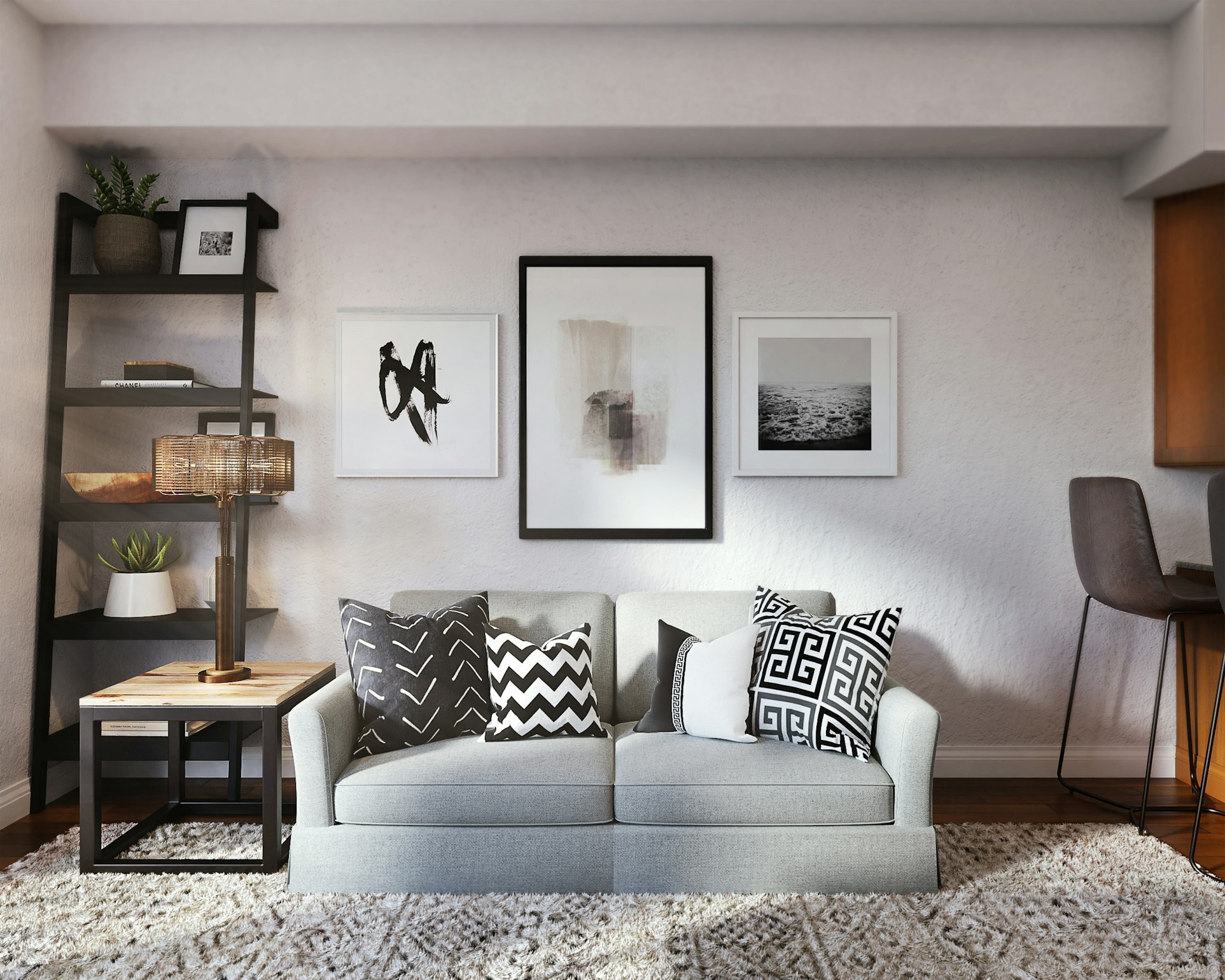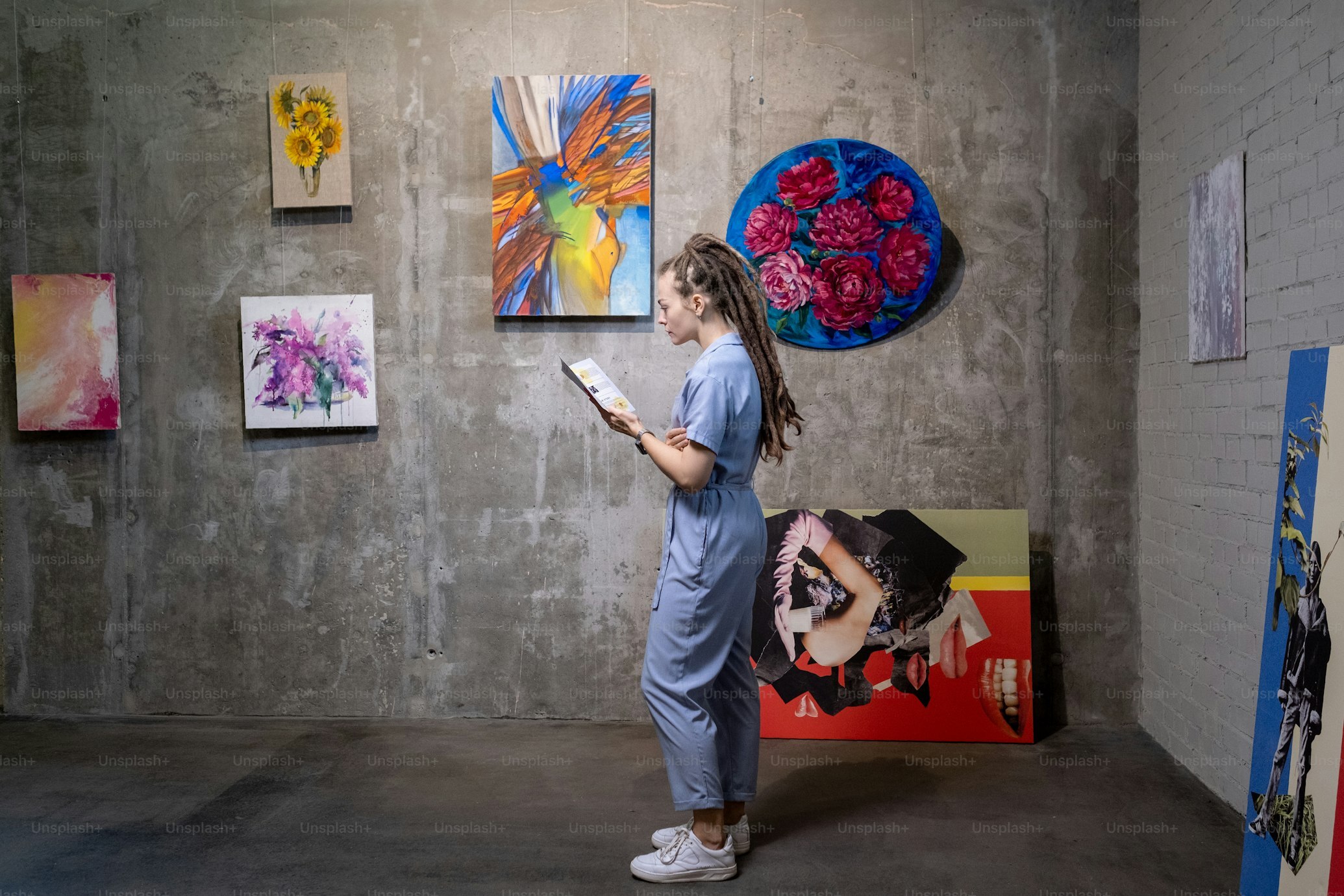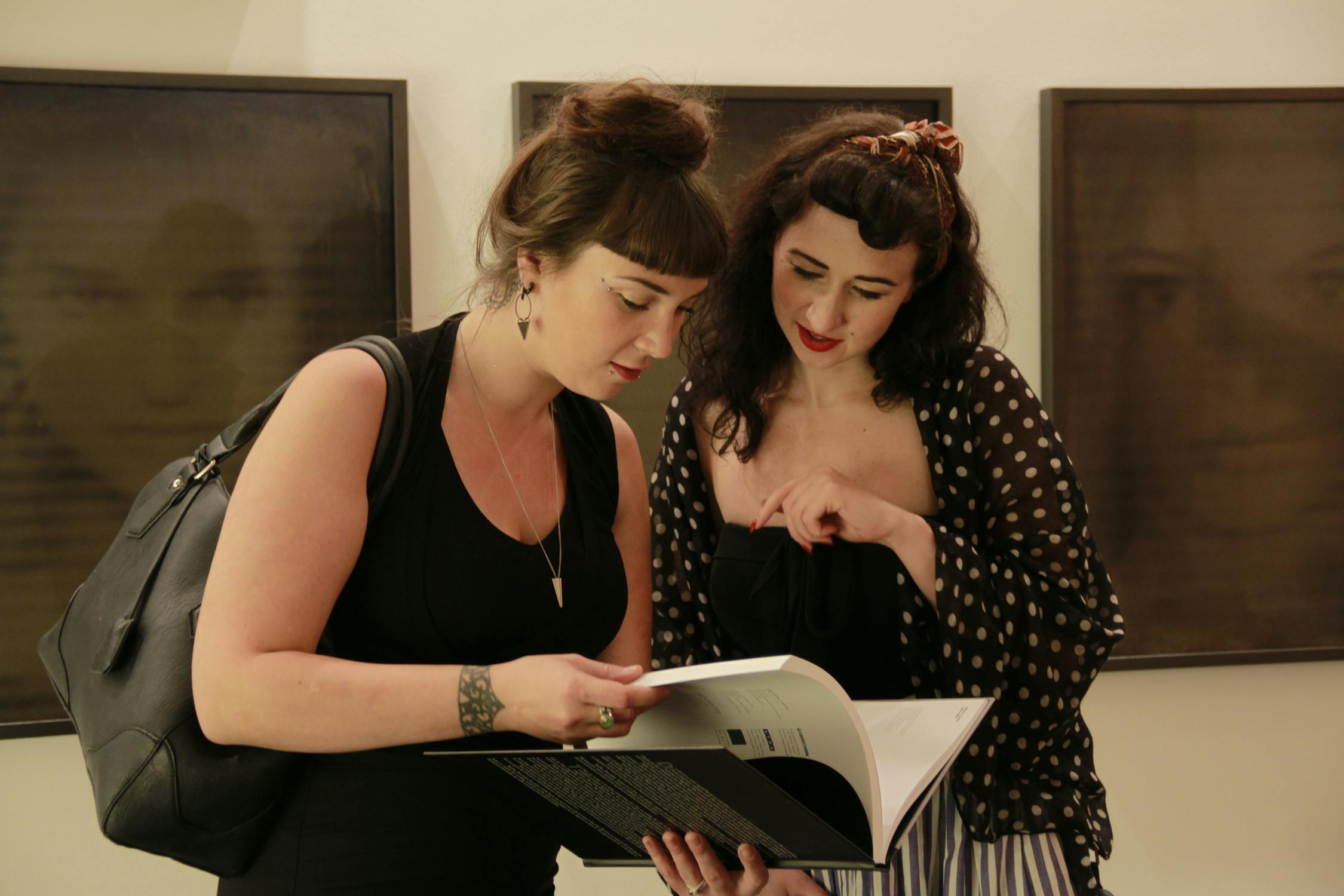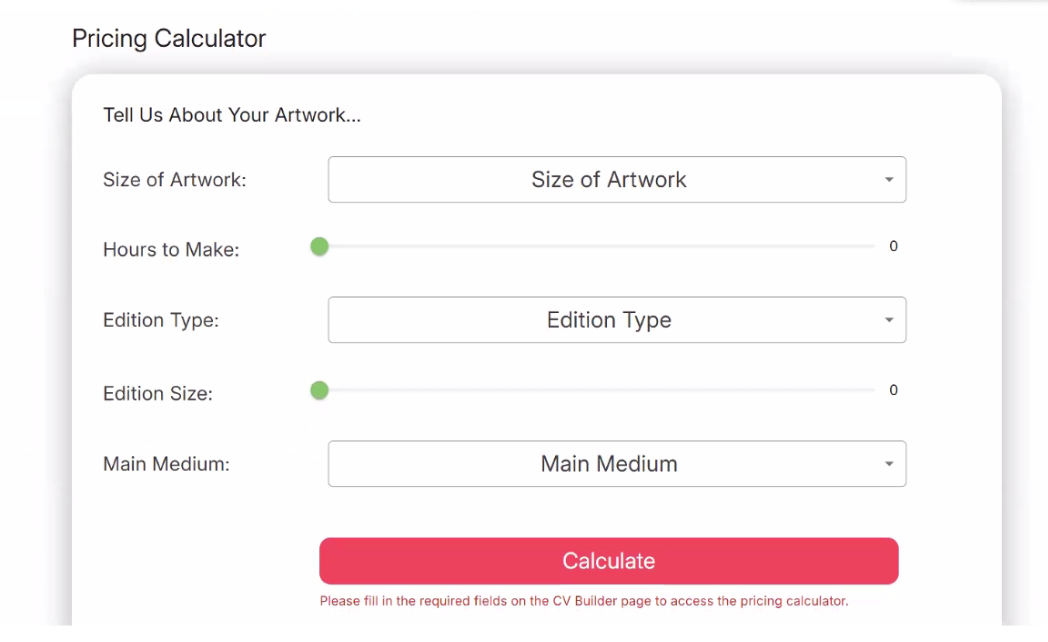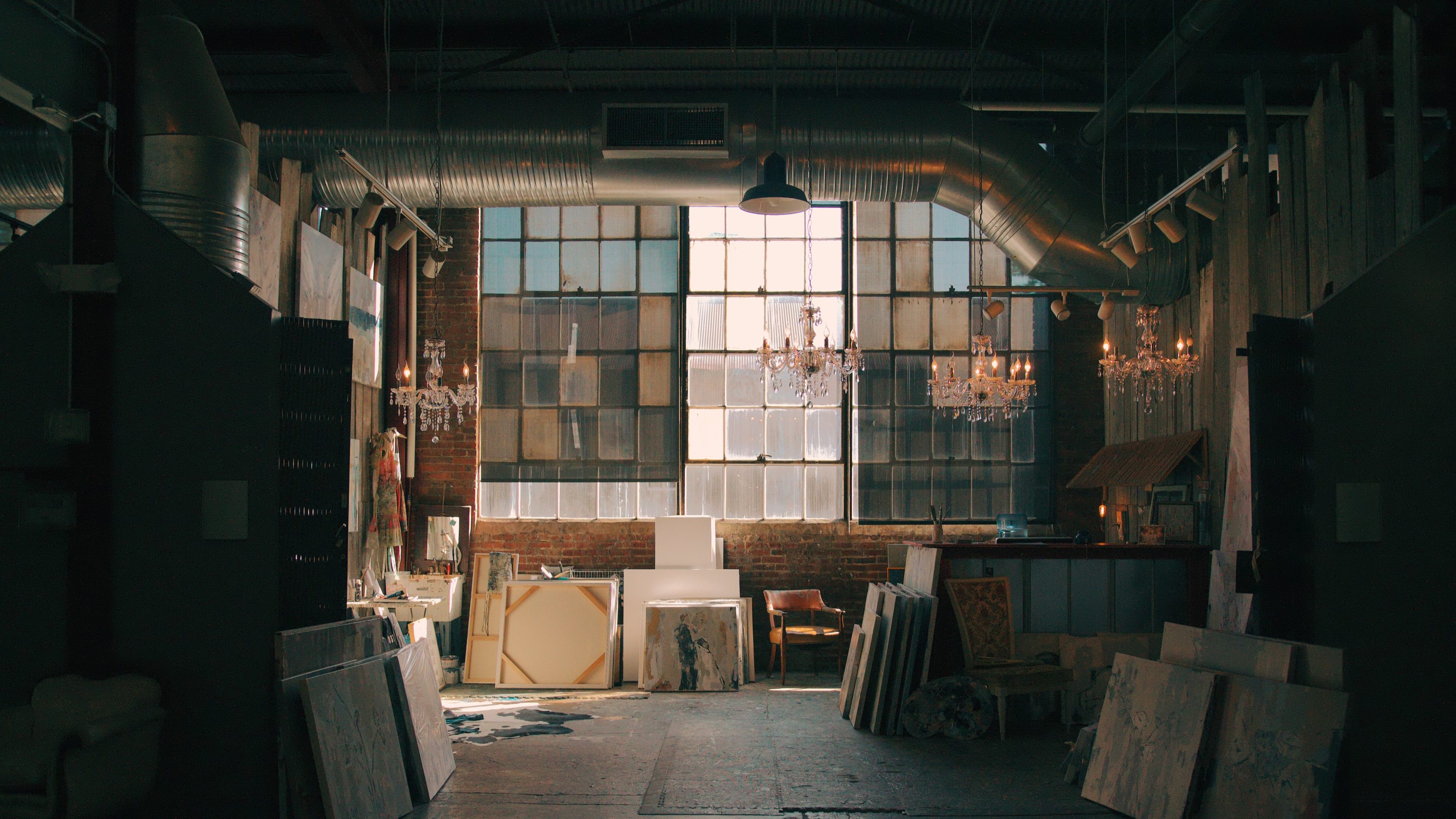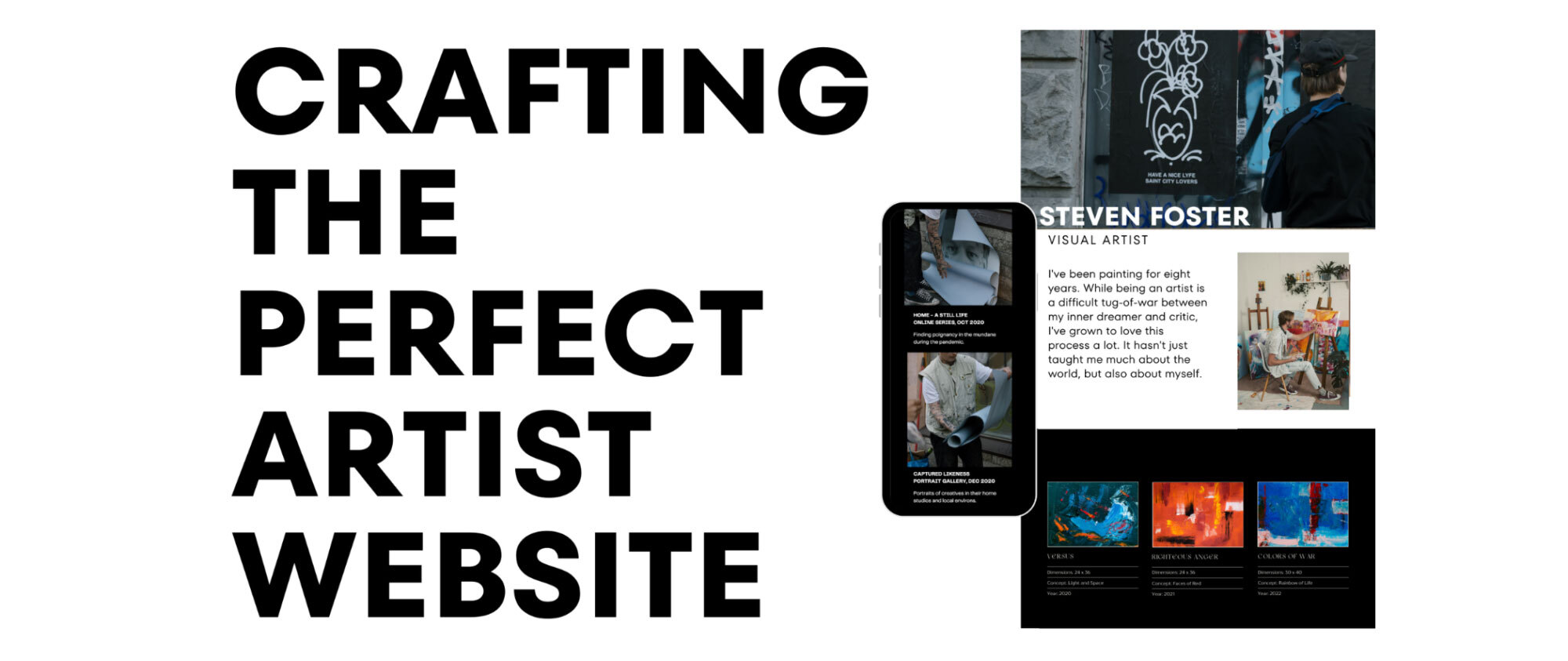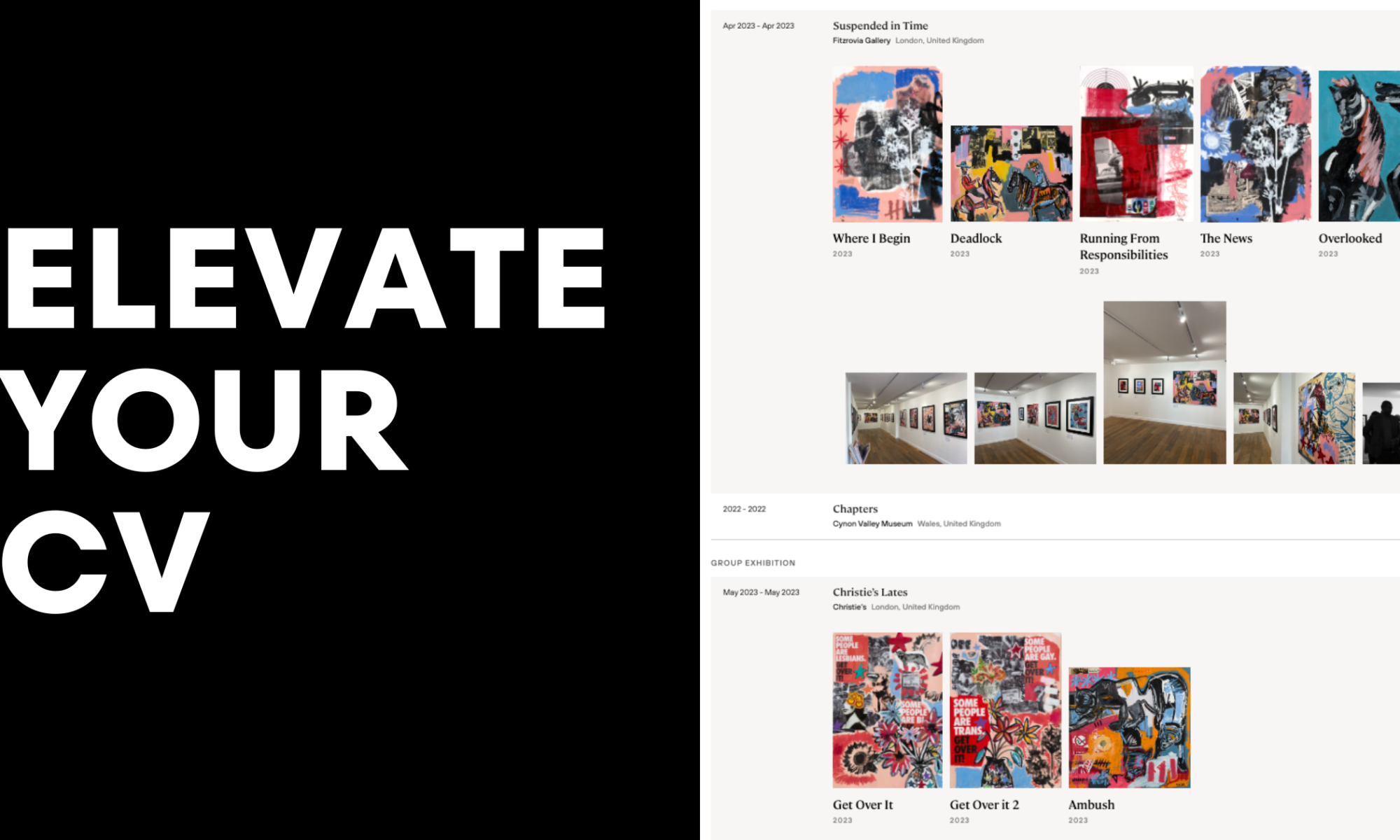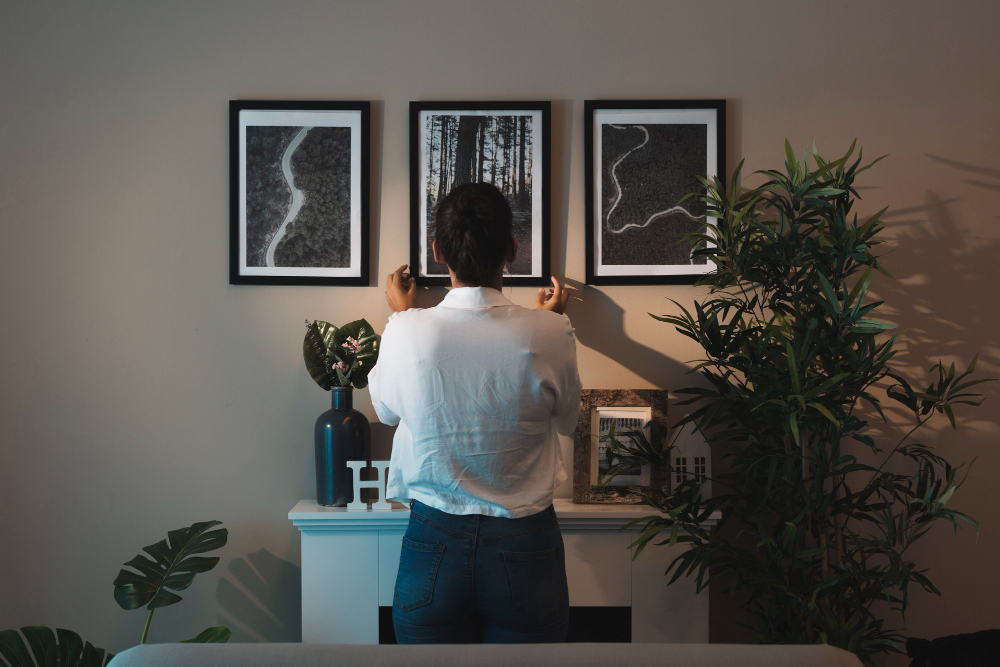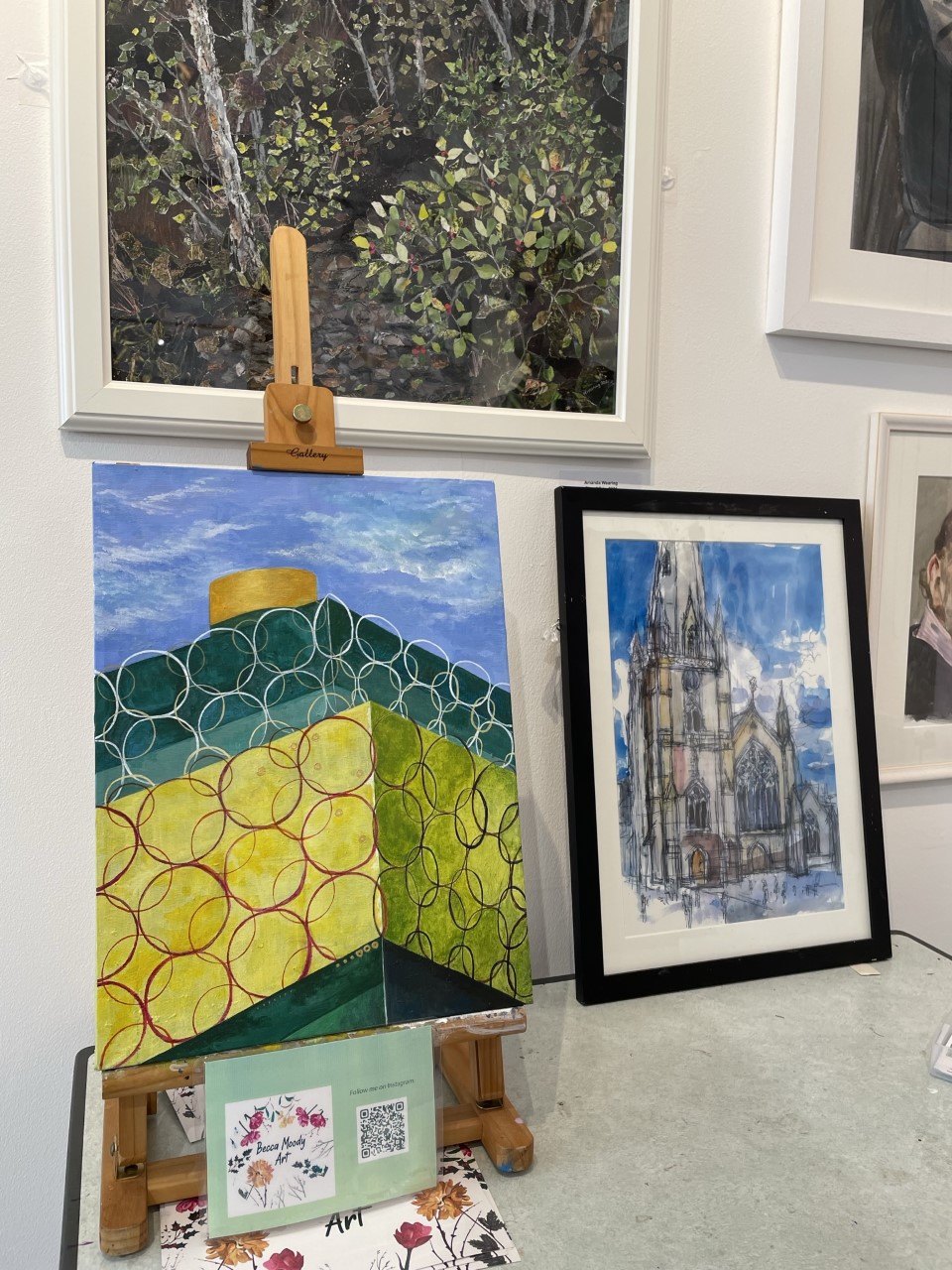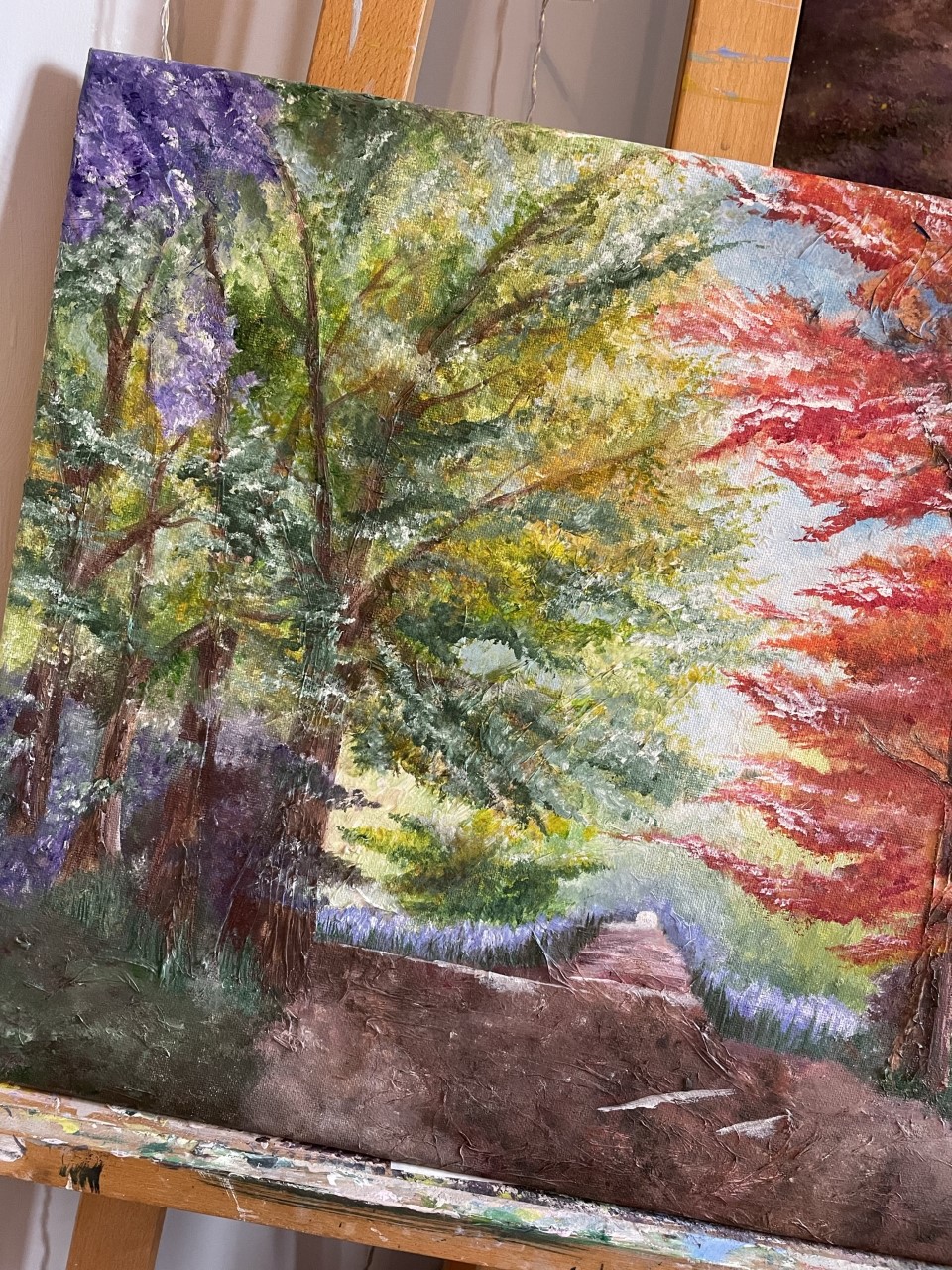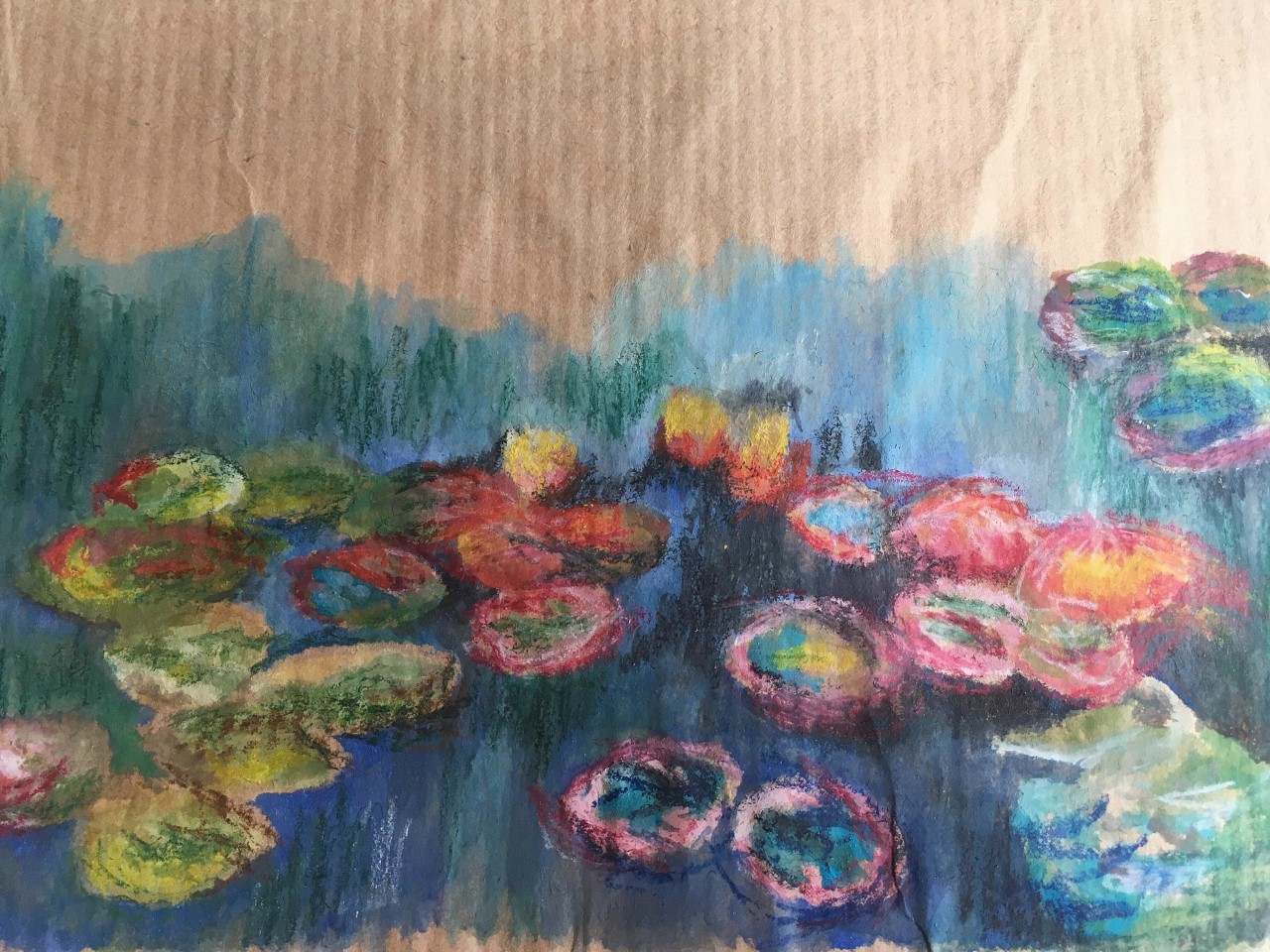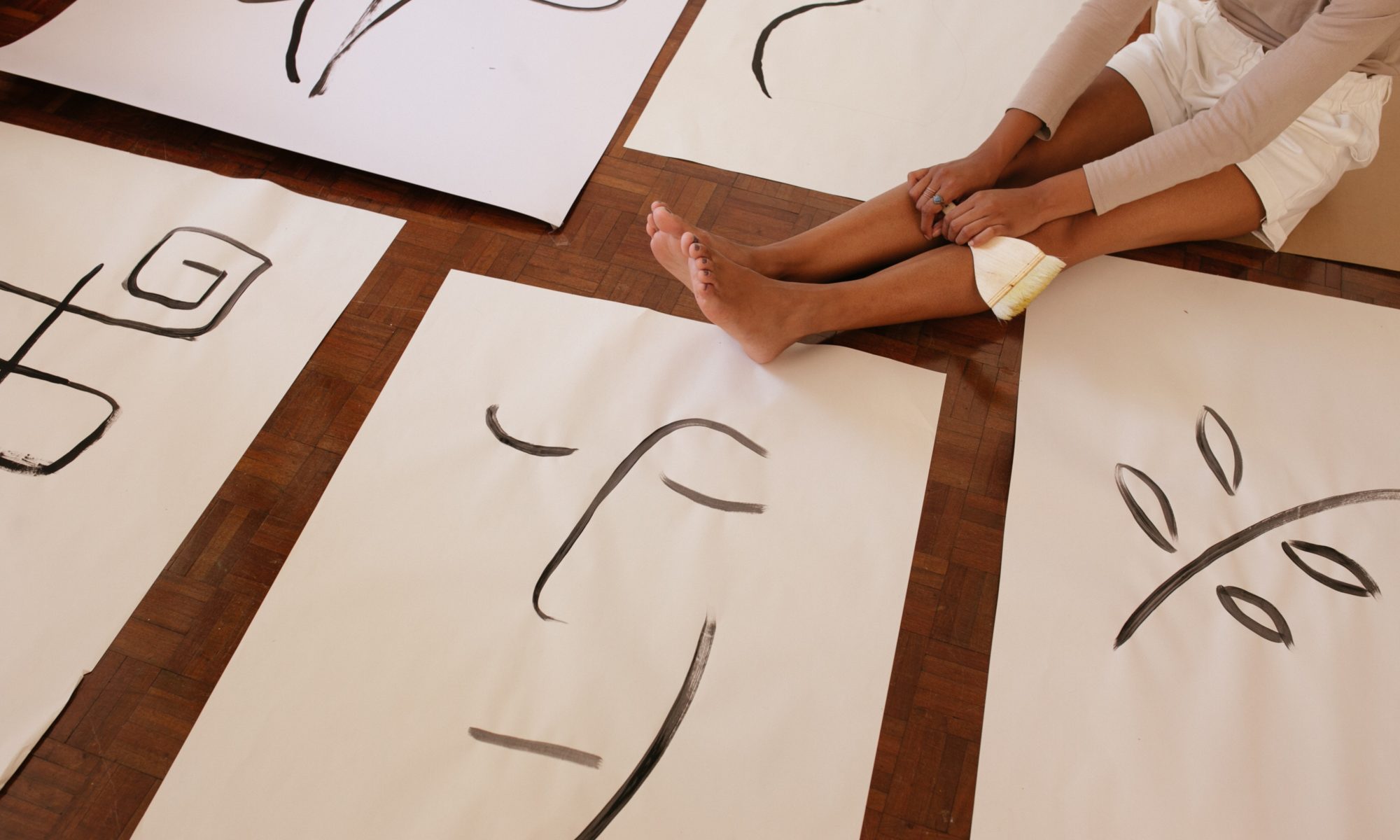Art for Business Interiors
The design of a business’s interior space plays a critical role in shaping the experience of its employees, clients, and visitors. A work environment’s aesthetics can significantly influence productivity and mood. One of the most impactful ways to enhance a business interior’s visual appeal and creative energy is through the strategic integration of art.

Art in the Workplace: More Than Just Decor
Incorporating art into a business’ interior is far more than just superficial decoration. Strategic art curation can deliver tangible benefits directly to the bottom line. Studies have shown that art in the workplace can boost employee morale, creativity, and engagement. A 2019 study by the British Council for Offices found that 83% of workers felt that art in the office positively impacted their overall well-being and job satisfaction.
Beyond employee impact, well-chosen art can also shape the perceptions and experiences of clients, partners, and other visitors. Thoughtful art curation can communicate brand identity, convey a sense of professionalism and sophistication, and create a memorable, distinctive atmosphere. In an age where first impressions are paramount, the strategic use of art can be a powerful tool for businesses to differentiate themselves and leave a lasting impression.
1. Cultivating a Cohesive Visual Identity
Aligning art with the brand identity and design aesthetic of the company is crucial when adding art to a business interior. Art should not be an afterthought but a deliberate and integral component of the interior design.
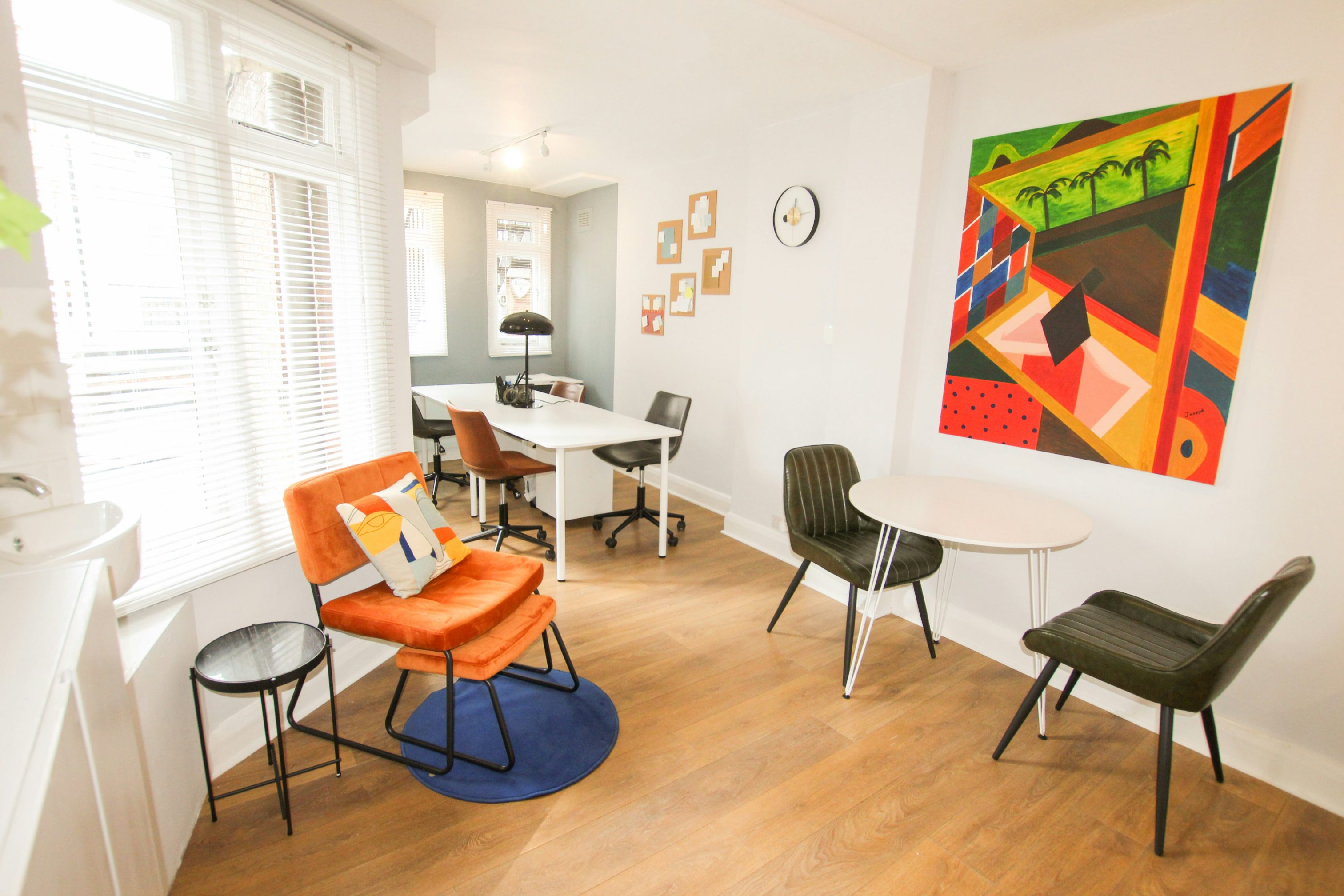
The first step is establishing a clear, cohesive visual identity for the business. This involves defining the brand’s core values, character, and the desired emotional responses from employees and visitors. Once this framework is established, it can guide the art curation process to ensure a seamless and visually striking environment.
2. Choosing the Perfect Artwork

With the brand identity defined, the next step is to choose artworks that complement and enhance this visual language. This requires understanding different artistic mediums, styles, and themes and how they can convey specific messages and evoke certain emotions.
For example, abstract expressionist paintings or sculptural installations that convey simplicity and innovation might suit a modern, minimalist brand. In contrast, representational artwork like landscapes or portraits that evoke timelessness and elegance might resonate more with a traditional brand.
Beyond the stylistic considerations, it’s also crucial to ensure that the selected artworks are of high quality, whether they’re original pieces or limited-edition prints. Poorly executed or generic art can undermine the desired visual impact and do more harm than good in shaping perceptions and experiences.
3. Incorporating Art into the Work Space
Once the appropriate artwork has been selected, the next challenge lies in seamlessly integrating it into the physical work environment. The artwork’s placement, spacing, and overall curation should be carefully considered to maximise its visual impact and create a harmonious aesthetic.
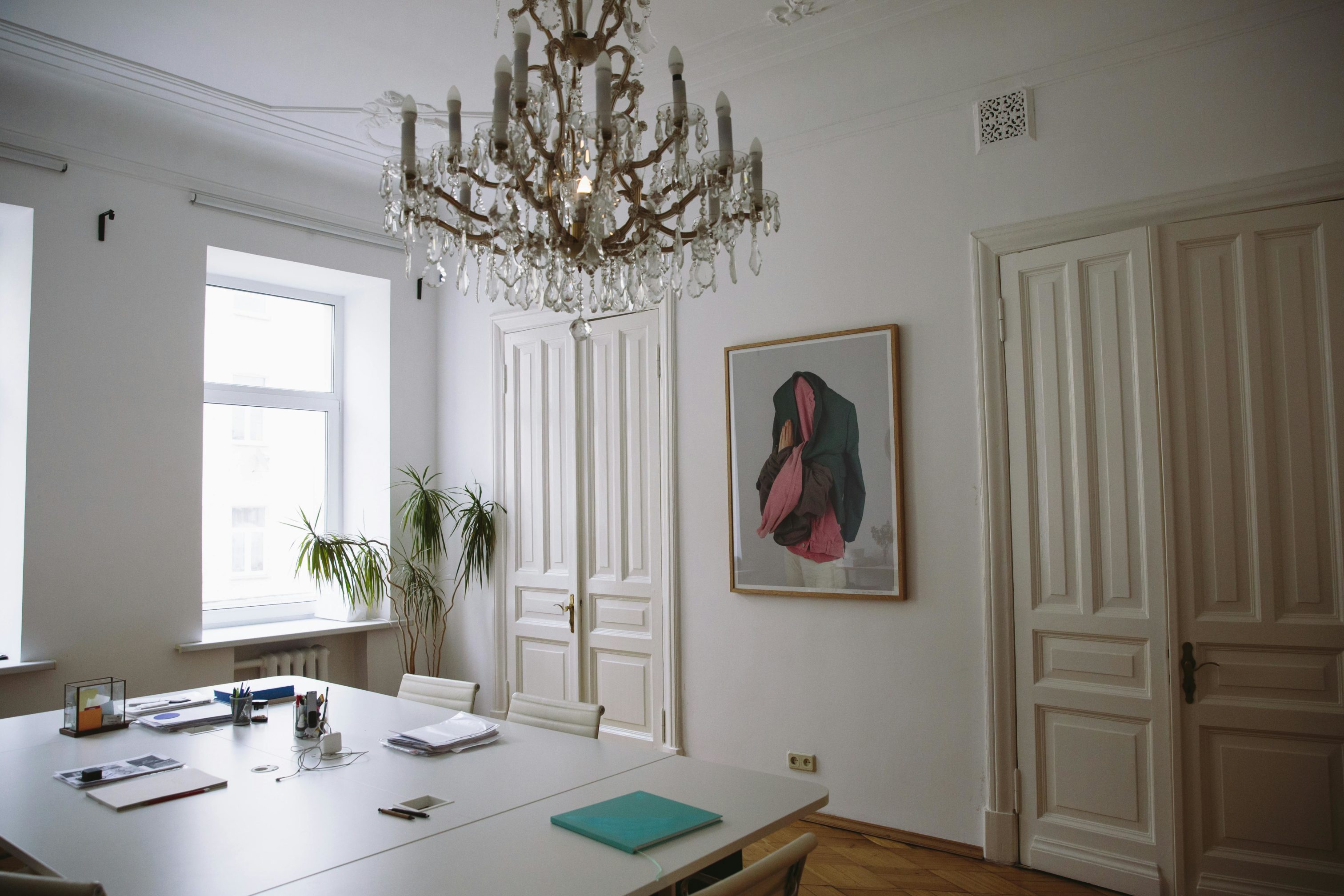
One effective strategy is to designate specific “art walls” or zones within the space where the artworks can be displayed in a curated, gallery-like fashion. This allows the pieces to be showcased as focal points, drawing the eye and inviting deeper engagement and contemplation. Proper lighting, spacing, and framing can further enhance the visual impact of the artwork.
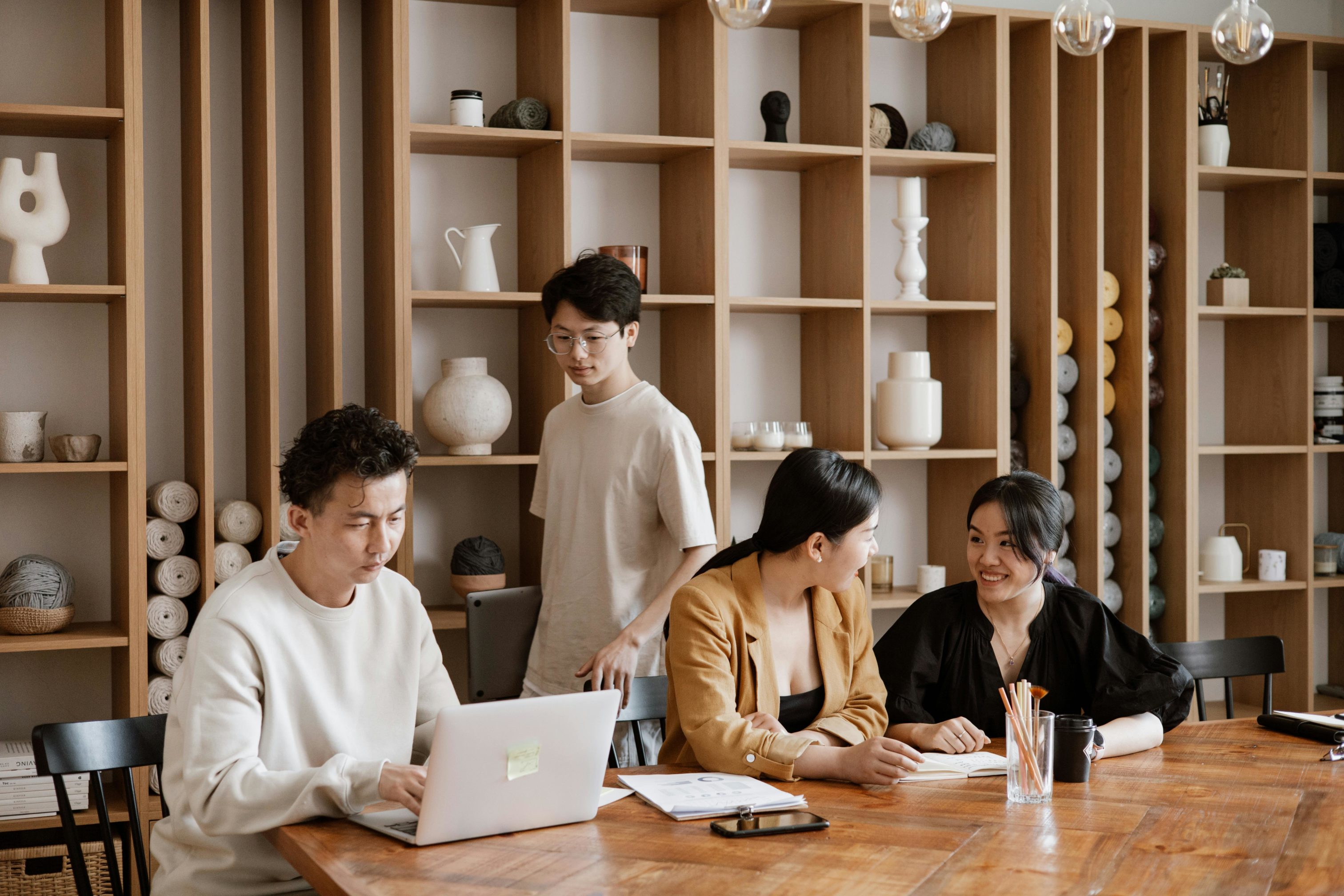
In larger, more open-plan spaces, the artworks can be distributed throughout the office, creating visual points of interest and guiding the flow of movement and interaction. Here, the placement and grouping of pieces becomes crucial, as it can be used to subtly direct attention, frame views, and create a sense of discovery and exploration.
One should also consider the space’s broader design elements and architectural features. Artworks can complement, accentuate, or even contrast with the surrounding materials, textures, and furnishings, creating a dynamic and visually engaging interplay.
4. Rotating and Refreshing the Art Collection
Maintaining the visual impact and freshness of the art is an ongoing process, and businesses should plan for regular rotation and refreshment of their art collection. This keeps the environment vibrant and engaging while allowing the exploration of new artistic styles that align with the business’s evolving needs and preferences.
The frequency and scale of these art rotations can vary depending on the size and nature of the business and the resources available. Smaller businesses may opt for more modest, seasonal rotations, while larger enterprises may maintain a robust, ever-changing art programme with dedicated curation and planning.
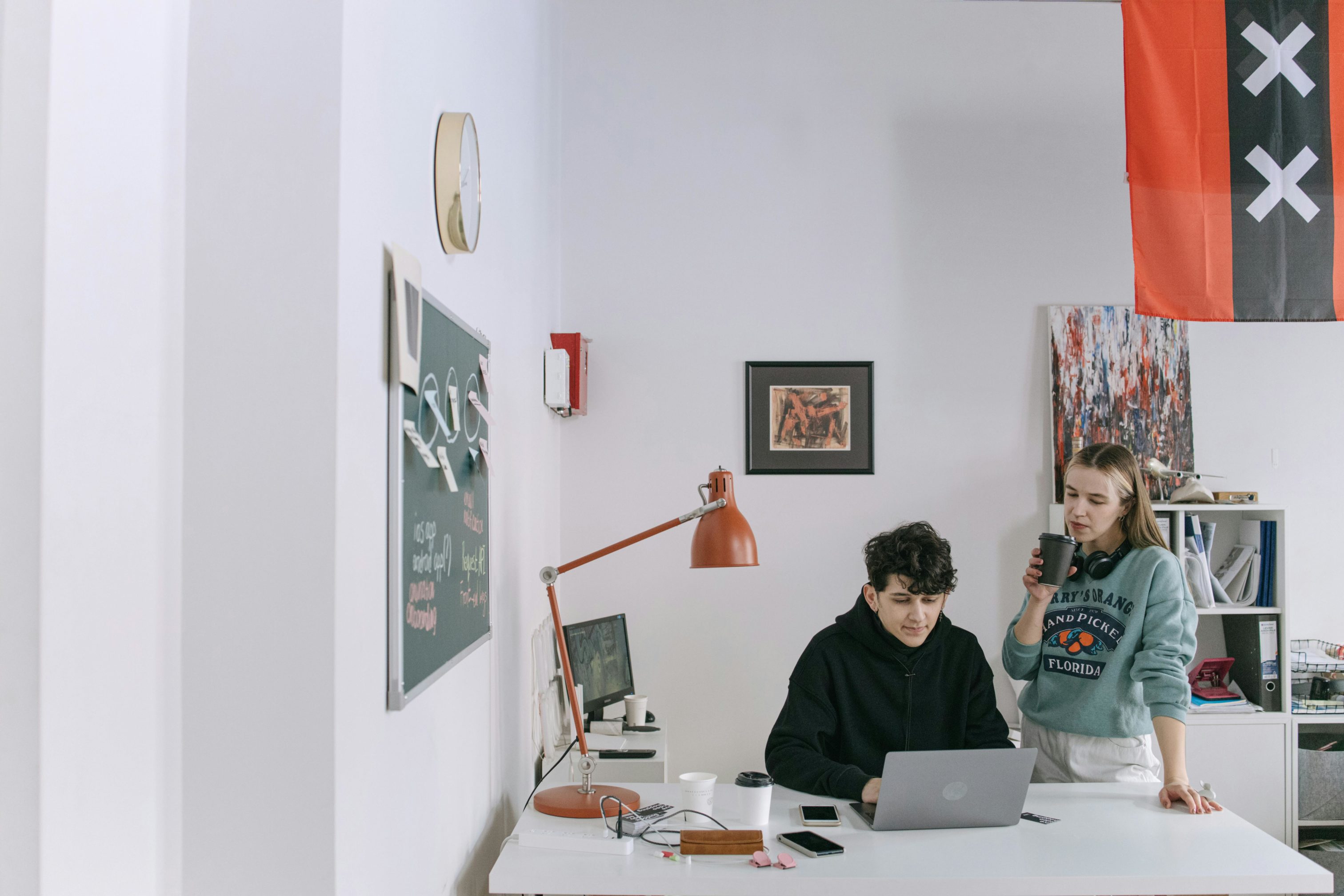
Regardless of the scale, the key is to approach the art rotation strategically, aligning it with the brand’s visual identity and the desired experiential qualities of the work environment. This may involve carefully phasing out older pieces, commissioning new site-specific works, or collaborating with local artists and galleries to curate rotating exhibitions.
By regularly refreshing the art collection, businesses can keep the environment visually stimulating, fostering a sense of discovery and exploration, while also demonstrating a genuine commitment to creativity and innovation.
5. Leveraging Art to Enhance Workplace Experience

Beyond the visual impact, strategically curated art can also enhance the workplace experience for employees, clients, and visitors. By thoughtfully integrating art into the work environment’s various functional and social areas, businesses can foster richer, more engaging, and more memorable interactions.
For example, art can define and enrich specific zones within the workspace, such as collaborative hubs, private meeting rooms, or employee lounges. The artwork’s visual cues and emotional resonance help shape these spaces’ intended use and atmosphere, creating more productive, creative, or relaxing experiences.
Art can be utilised in high-traffic areas, such as lobbies and reception zones, to create a strong first impression and set the tone for the entire visit. Striking, attention-grabbing installations or curated artwork groupings can captivate visitors, spark conversations, and leave a lasting positive impression of the business.
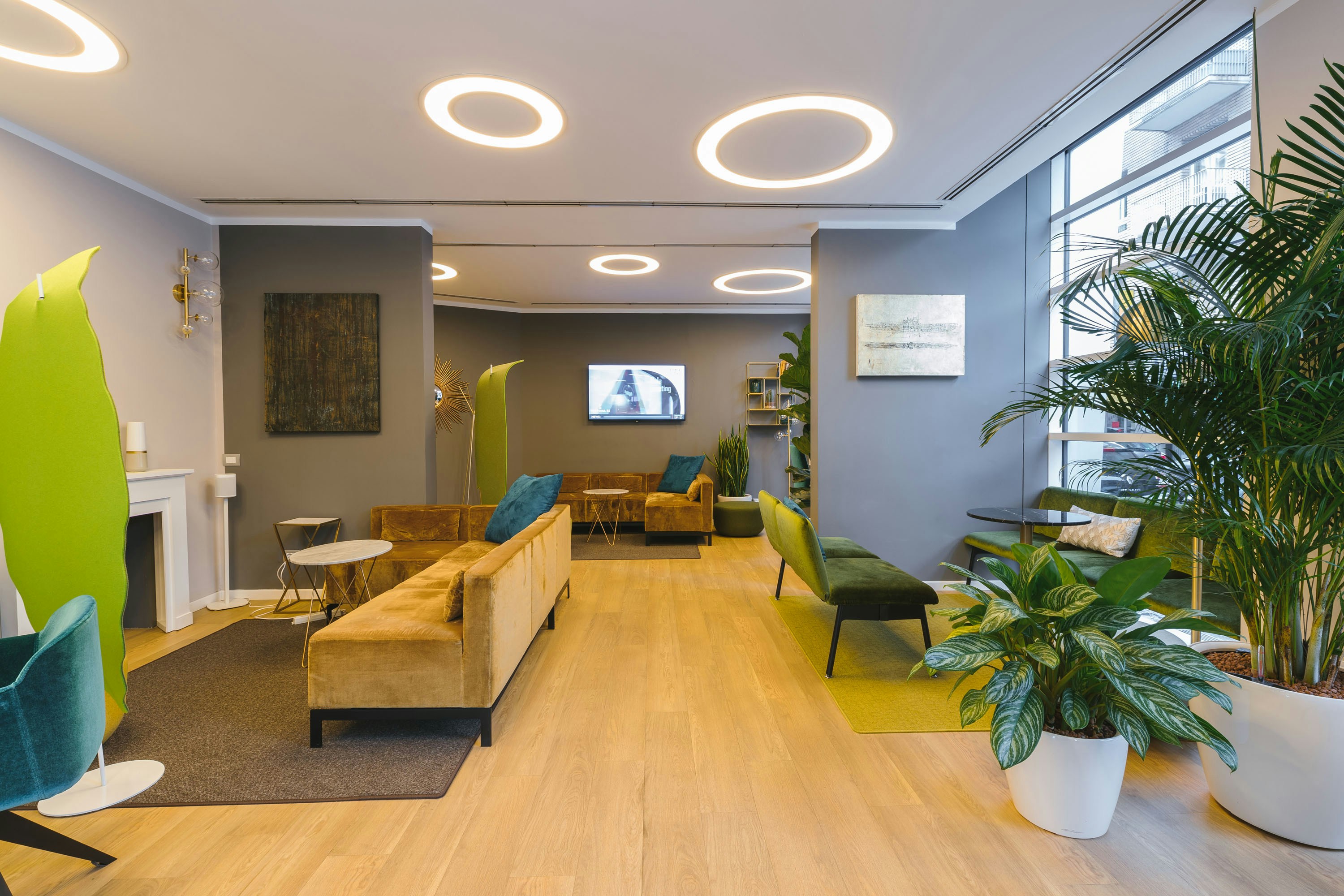
Additionally, rotating exhibitions, artist talks, or interactive art-making activities can foster community, encourage creative expression, and provide valuable personal and professional development opportunities.
By thoughtfully integrating art into the various touchpoints and experiences within the work environment, businesses can cultivate a more visually stimulating, engaging, and memorable workplace that resonates with employees, clients, and visitors alike.
6. Practical Considerations for Art Procurement and Maintenance
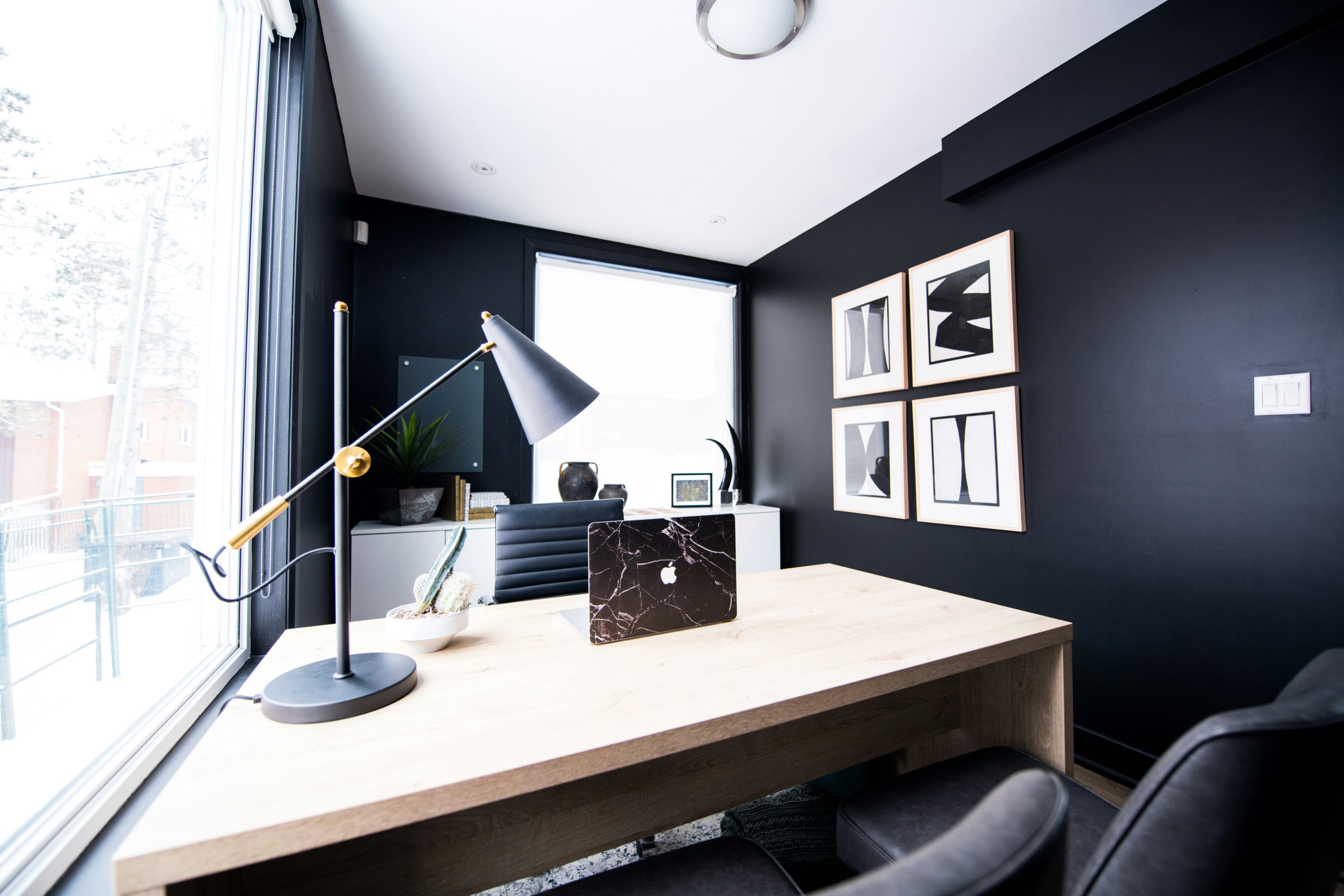
While art’s strategic and experiential benefits in the workplace are well-documented, the practical aspects of art procurement and maintenance should be considered. Businesses must consider budget, installation requirements, and ongoing care and preservation to ensure a successful and sustainable art programme.
7. Budget and Procurement
The cost of acquiring art can vary widely, depending on the type of artwork, the stature of the artist, and the scale of the intended installation. Businesses must carefully assess their available resources and plan accordingly, exploring a range of options that may include:
- Purchasing original works from local or emerging artists
- Acquiring limited-edition prints or reproductions
- Collaborating with art galleries or curators for rotating exhibitions
- Commissioning site-specific, large-scale installations
Regardless of the procurement strategy, working with experienced art professionals, such as curators or art consultants, is crucial to ensuring that the selected pieces are visually striking, high-quality, and suitable for the intended environment.
8. Installation and Maintenance
The successful integration of art into a workspace also requires careful consideration of the practical aspects of installation and ongoing maintenance. Factors such as wall construction, lighting, security, and environmental conditions must be accounted for to ensure the artwork’s safety and longevity.
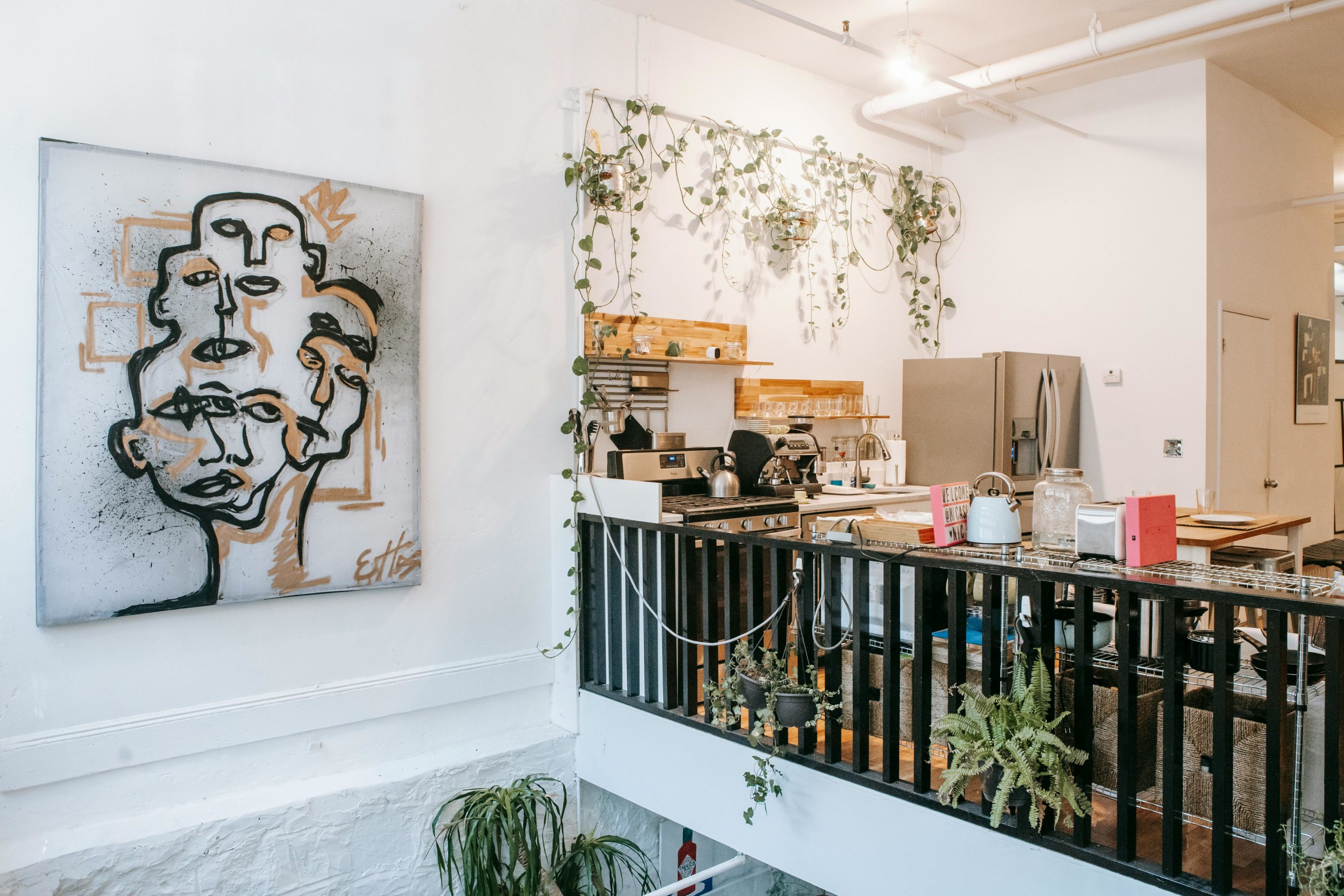
Businesses may need to engage specialised installation teams, conservators, or facilities management professionals to ensure the artwork is correctly hung, lit, and protected. Maintenance protocols, such as regular cleaning and condition monitoring, should also be established to preserve the pieces’ integrity and visual impact over time.
9. Navigating Legal and Insurance Considerations
Finally, businesses must also be mindful of the legal and insurance implications of incorporating art into the workplace. Issues such as ownership, copyright, and liability must be carefully addressed to mitigate potential risks and ensure compliance with relevant regulations.
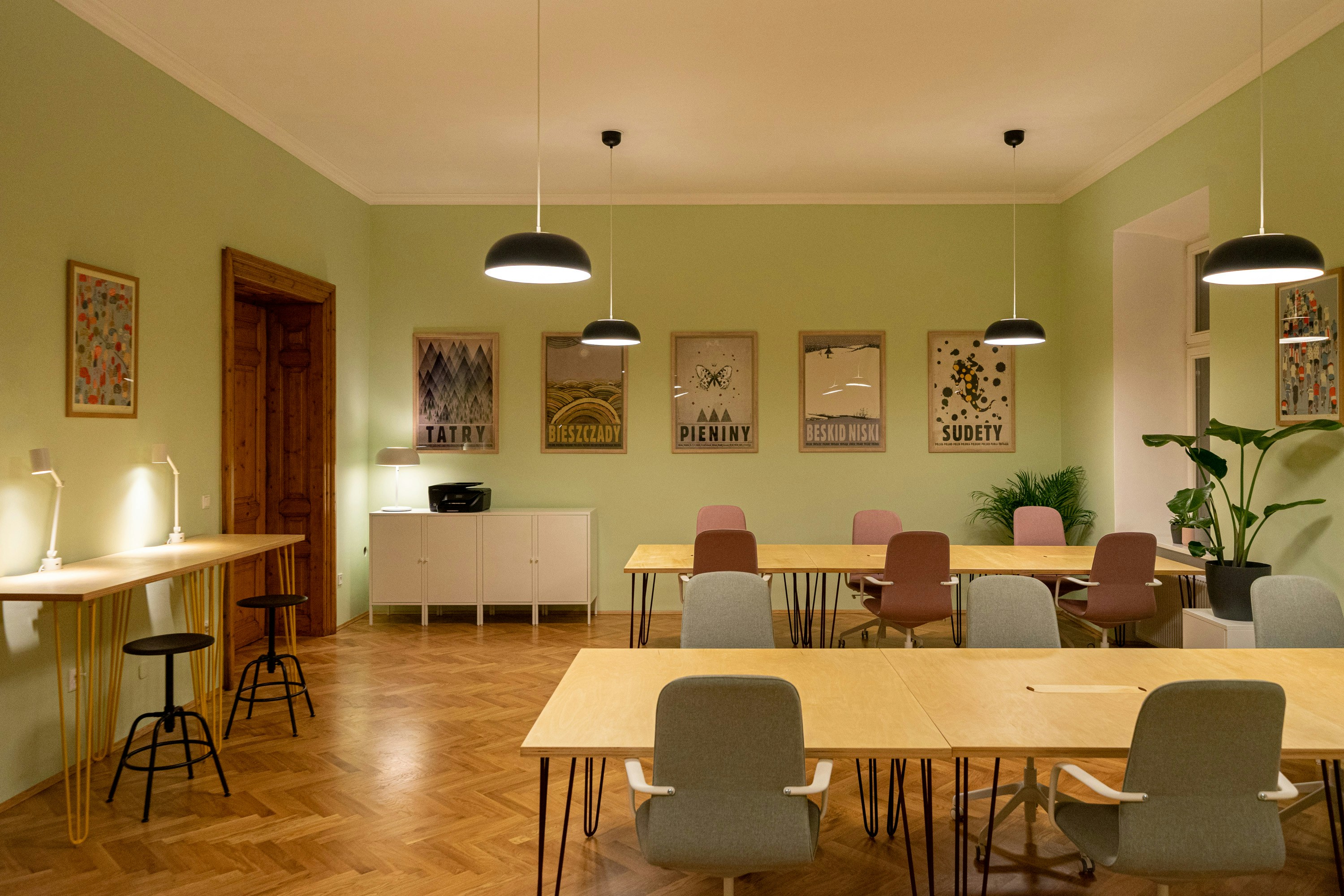
Consulting with legal and insurance professionals can help businesses navigate these complexities, ensuring the art programme is established and maintained responsibly and sustainably.
Conclusion: Harnessing Art’s Impact in the Workplace
Strategically integrating art into a business interior offers benefits beyond aesthetics, such as boosting employee engagement, creativity, and productivity. Art can transform the workspace into a visually stimulating and memorable environment.
Successful integration requires a thoughtful approach that aligns with the business’s core values and design aesthetic.Ultimately, using art in the workplace goes beyond decoration; it’s about creating an inspiring environment that drives success and growth.



